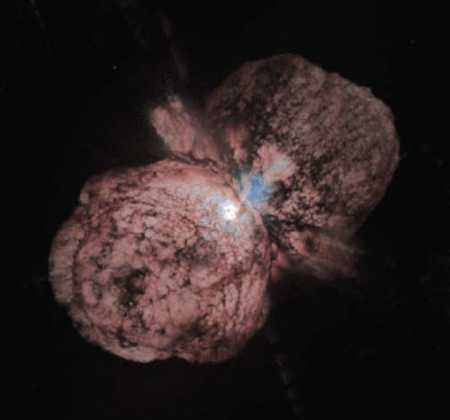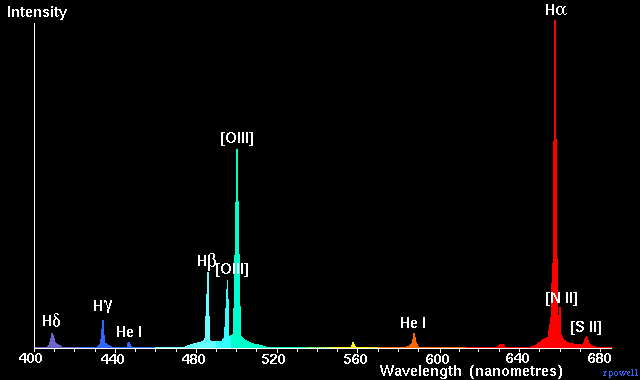 Dark Clouds of the Carina Nebula
Dark Clouds of the Carina NebulaExplanation: What dark forms lurk in the mists of the Carina Nebula? These ominous figures are actually molecular clouds, knots of molecular gas and dust so thick they have become opaque. In comparison, however, these clouds are typically much less dense than Earth's atmosphere. Pictured above is part of the most detailed image of the Carina Nebula ever taken, a part where dark molecular clouds are particularly prominent. The image has recently been retaken and then re-colored based on light emitted by oxygen. The entire Carina Nebula spans over 300 light years and lies about 7,500 light-years away in the constellation of Carina. NGC 3372, known as the Great Nebula in Carina, is home to massive stars and changing nebula. Eta Carinae, the most energetic star in the nebula, was one of the brightest stars in the sky in the 1830s, but then faded dramatically. Wide-field annotated and zoomable versions of the larger image composite are also available.
| << Previous APOD | Discuss Any APOD | Next APOD >> |



